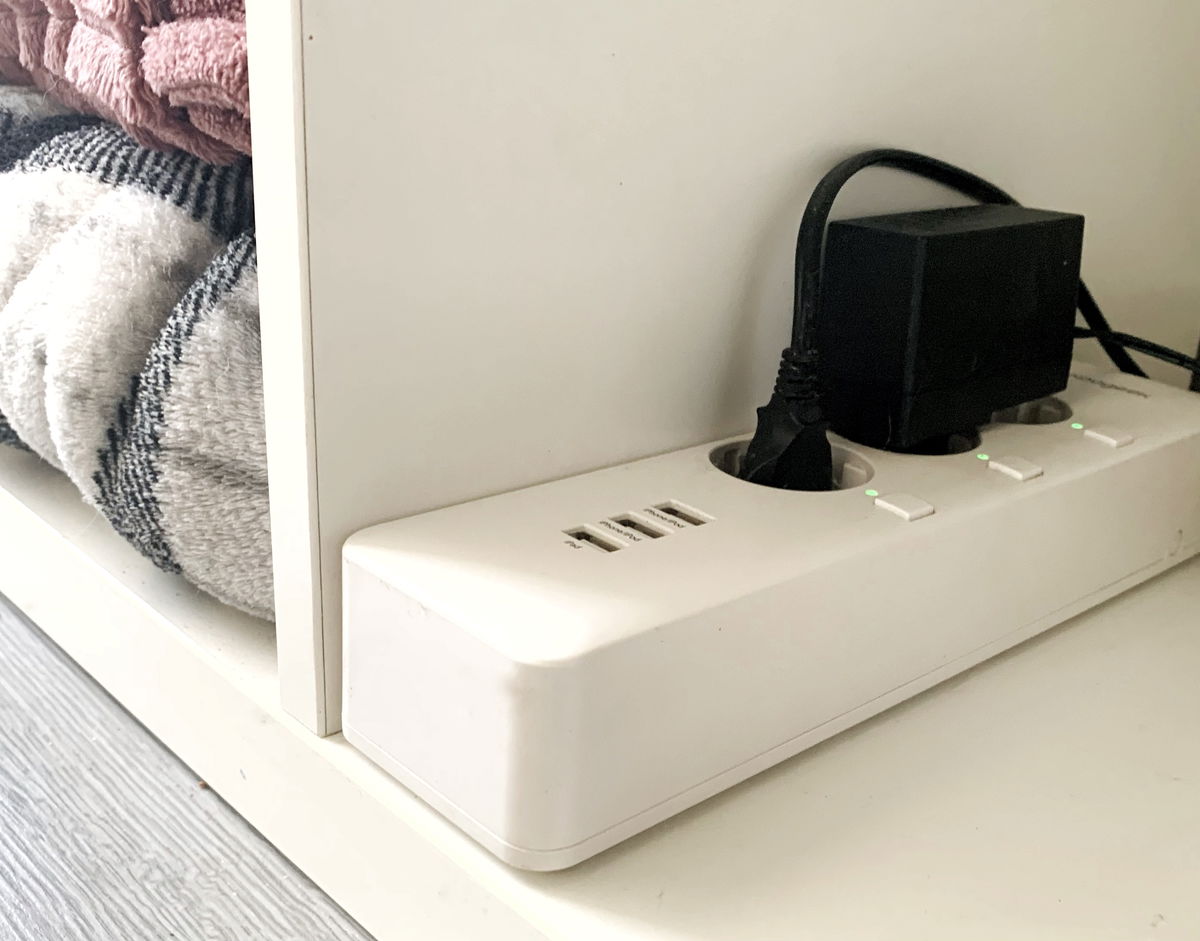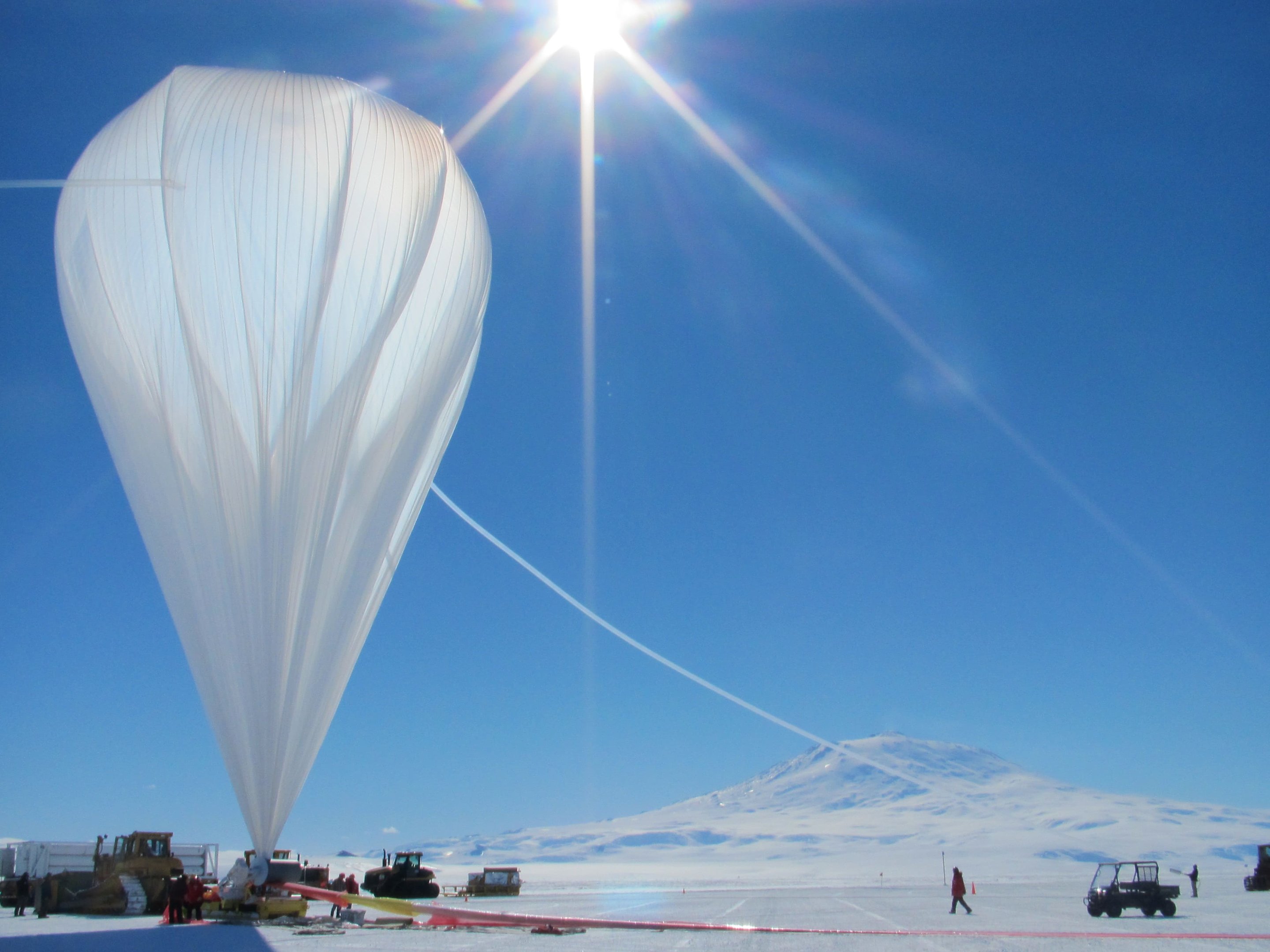Recently, after the suspicious flight of a Chinese balloon over American airspace, there has been much speculation about the uses of this technology. For the United States, the Chinese balloon was part of an espionage project, while China denies the accusation and claims that the flying object was for scientific purposes only.
Stratospheric balloons or high-altitude balloons can reach a flight altitude of 45 kilometers above the ground. These technological tools can have different uses, including telecommunications.
But do you know what they are, what they are for, and how stratospheric balloons work?
What is the stratosphere balloon made of?
In general, these tools are not much different from ordinary balloons. They consist of an ultrathin membrane called an envelope, made of latex or synthetic rubber. They can be filled with gas, hydrogen or helium.
Are there more than one type of high-altitude balloon?
There are different balloon models that correspond to the intended glide time. There are different techniques for keeping this equipment in flight for days or months, as they don’t use engines or fuel.
The most common are those that contain valves that operate at zero pressure, control gas output, and stay in flight for hours.
Infrared balloons are a variation of zero-pressure balloons, but they control their altitude by being heated by the sun’s rays and infrared radiation from Earth. They can hang for a long time.
Finally, there are super-pressure balloons that have a sealed envelope and can stay in the stratosphere for months.

How do these balloons fly?
The flight mechanism of the high-altitude balloon is not much different from the balloons you can buy from parks and fairs. They take off, filled with gases such as hydrogen and helium, which are less dense than air.
But they simply cannot be upgraded. While crossing the sky, each launch must be coordinated with airspace controllers to avoid accidents with planes and other aircraft.

Most stratospheric balloons are not airships and drift in the wind. In zero pressure balloons, opening and closing the envelope valves can help direct the balloon causing it to descend into a stream of air in the desired direction.
Therefore, in order for the balloons to reach a specific destination, researchers need to calculate weather and wind conditions before launching each balloon.
But after all, what good is a stratospheric balloon?
And here, a world of possibilities opens up!
Balloons are excellent tools for conducting scientific research due to the lower operating cost, the possibility of equipment being recovered quickly and safely, as well as supporting tons of equipment in larger models.
They are widely used in studies in the fields of physics, geography, meteorology, astrophysics, chemistry, telecommunications, among other specialties.
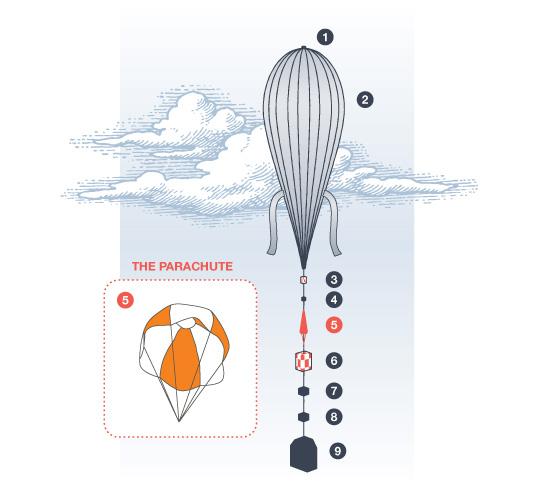
Balloons carry a range of measurements, locators, signaling equipment and even a parachute.
When the envelope is broken or there is a need to recover the machine, the equipment is remotely released and the parachute safely returns the entire machine to the ground.
At very high altitudes, all equipment can be salvaged except the envelope, which can break in an explosion without gas extinguishing control.
Balloons can indeed be used for tracking and sending information, but they are still not a very effective way of using this kind of use due to their low maneuverability.
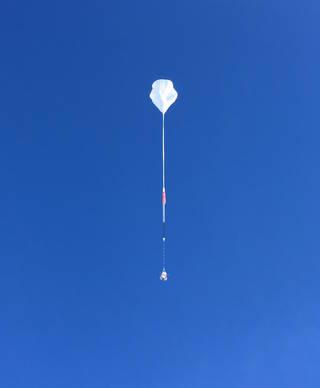
On the other hand, balloons are an attractive alternative to telecommunications, albeit experimentally.
Because they fly at lower altitudes than satellites, balloons can be an alternative so that signal transmission equipment can be updated with higher frequency and lower operating costs.
More ambitious projects for balloons such as travel were also considered. But it still has a long way to go before it becomes a viable alternative.
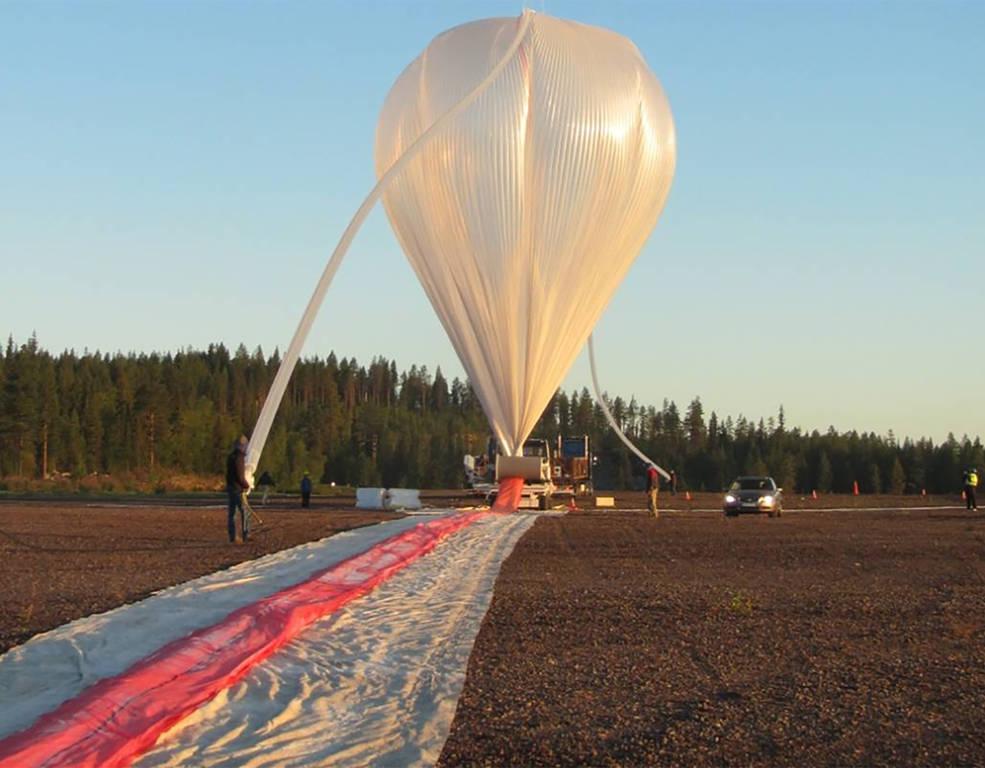
Balloons are essential tools for aerospace research and provide opportunities for many other uses.
They are excellent alternatives to monitor remote areas such as forests and oceans and reduce environmental risks, without emitting pollutants.
Source: Tec Mundo
I’m Blaine Morgan, an experienced journalist and writer with over 8 years of experience in the tech industry. My expertise lies in writing about technology news and trends, covering everything from cutting-edge gadgets to emerging software developments. I’ve written for several leading publications including Gadget Onus where I am an author.


